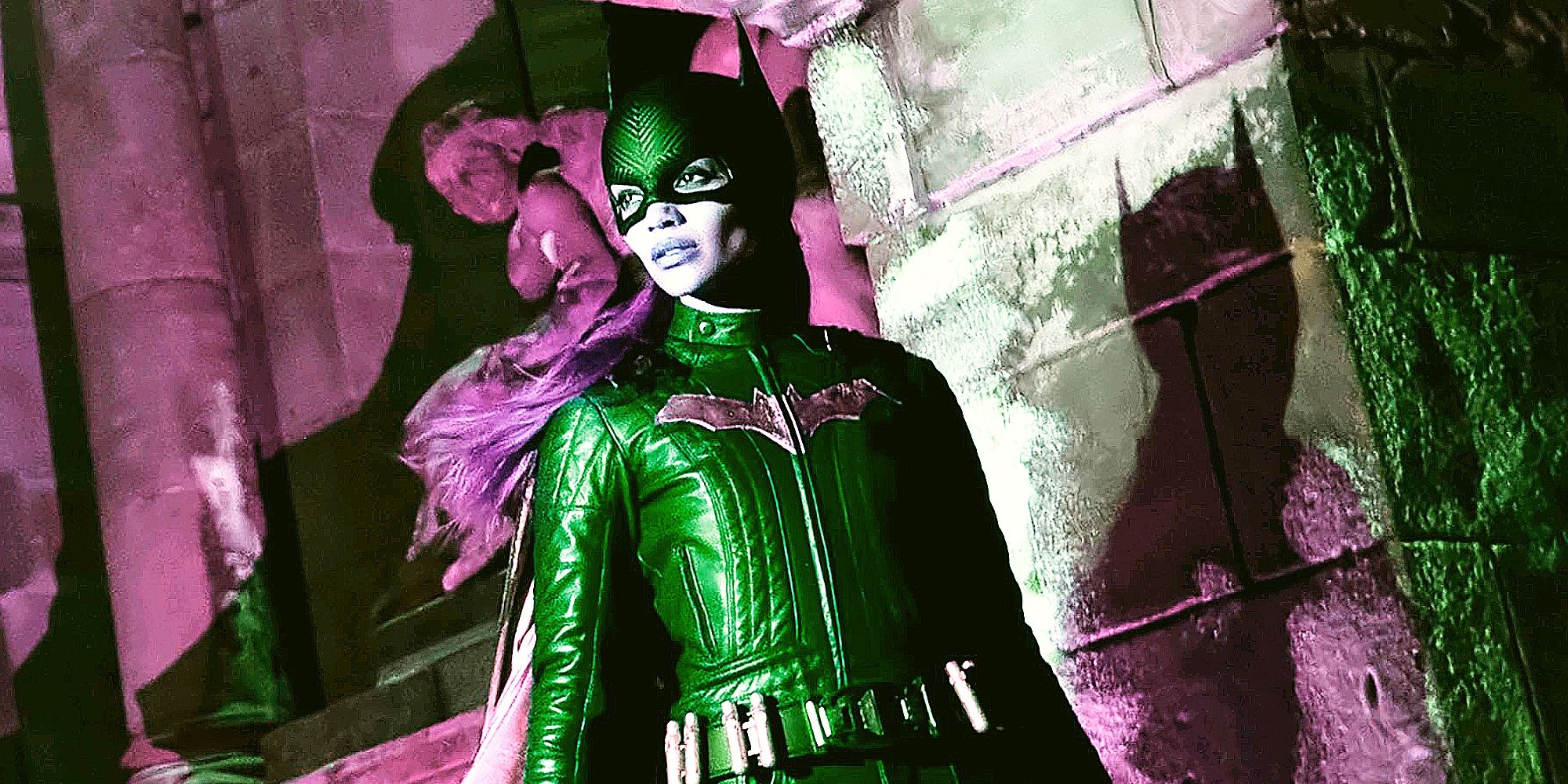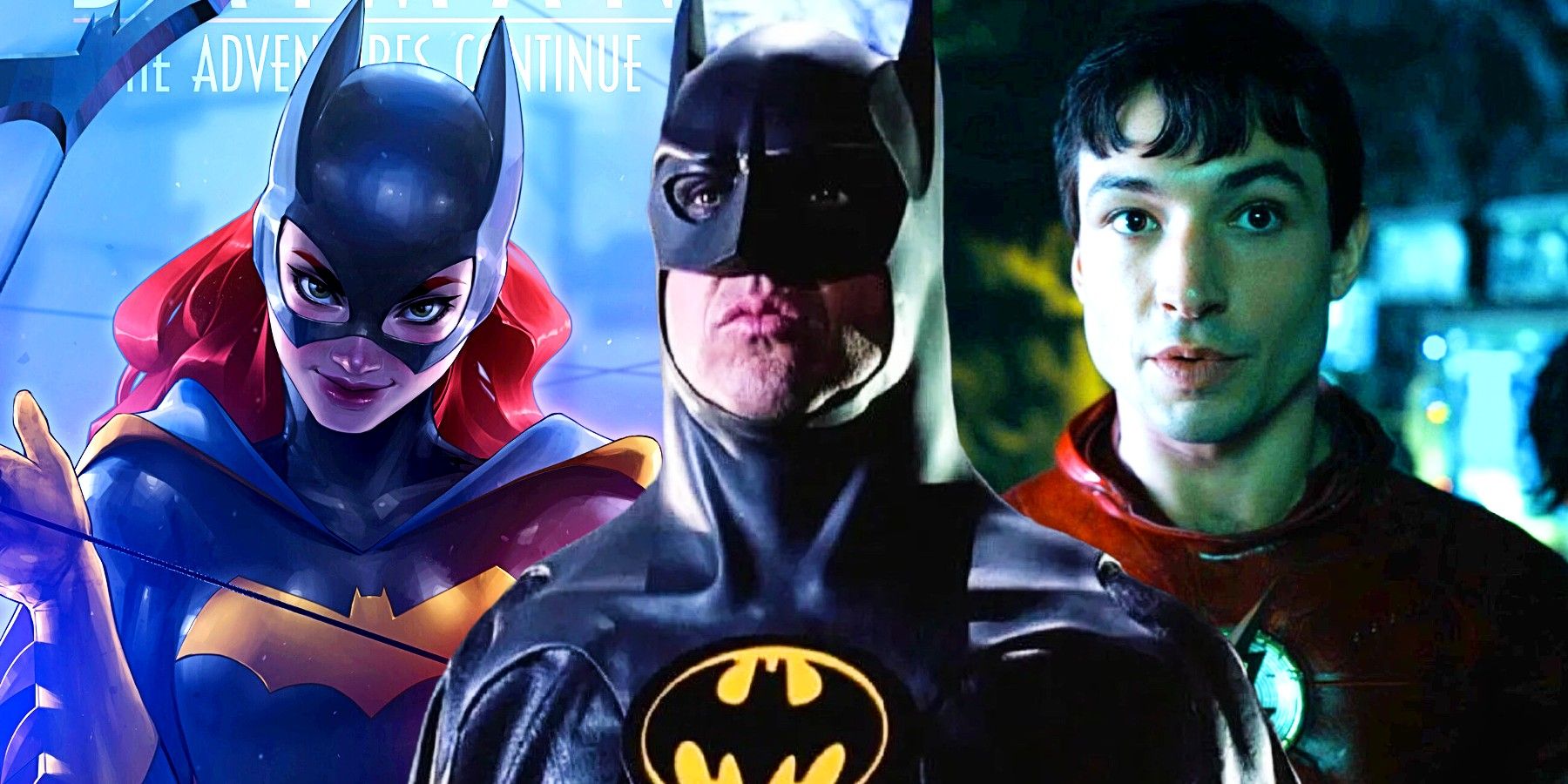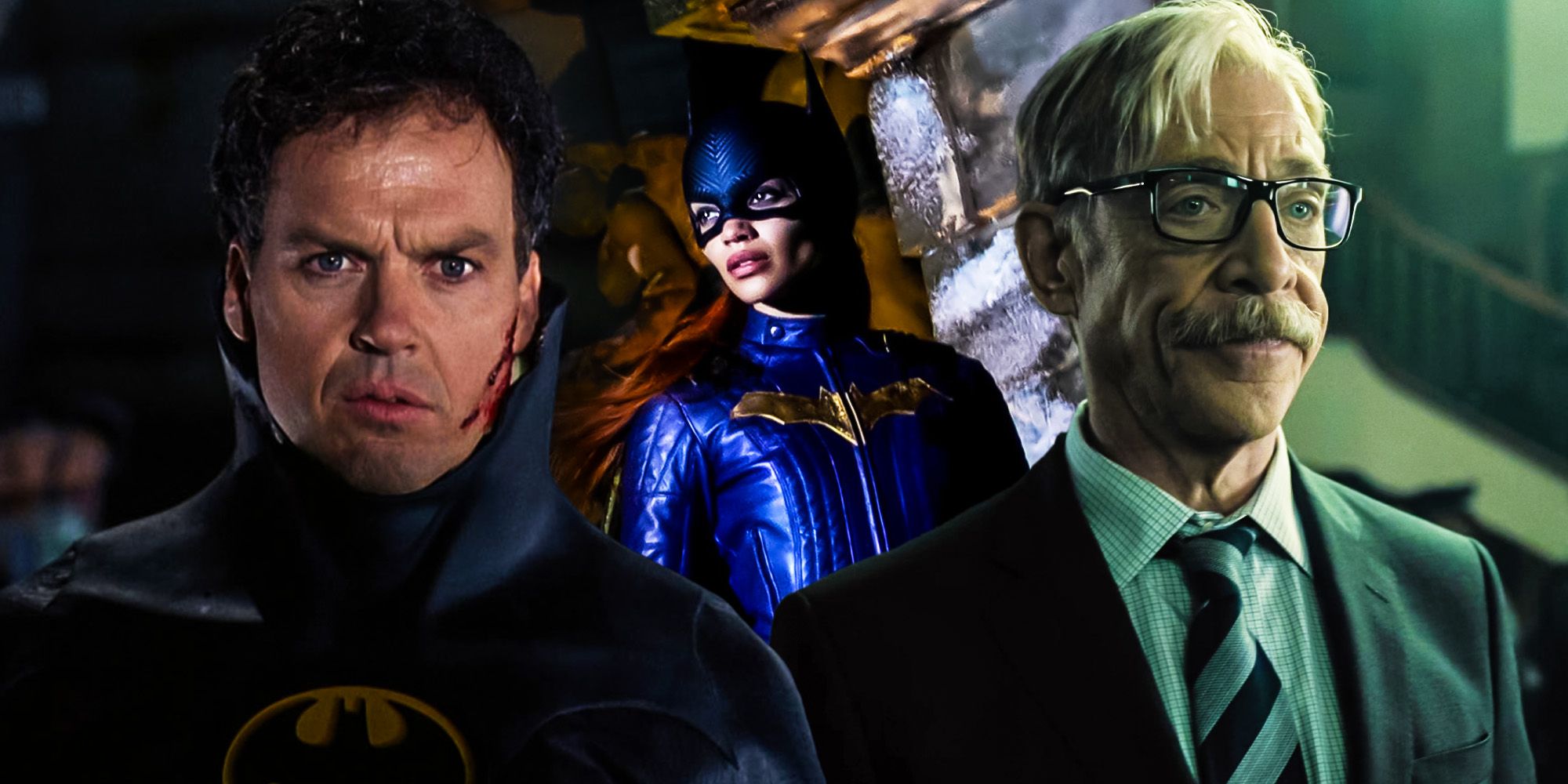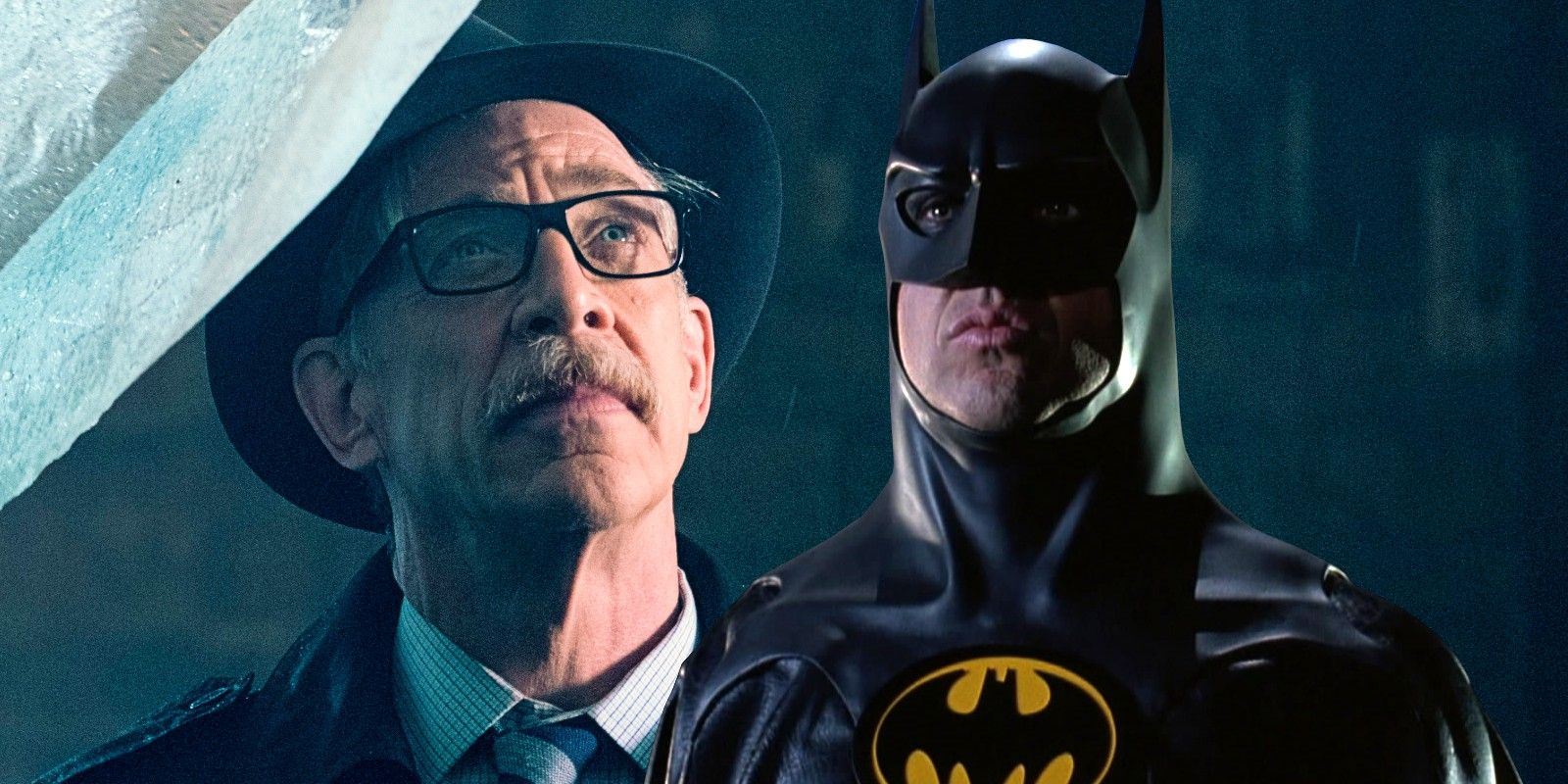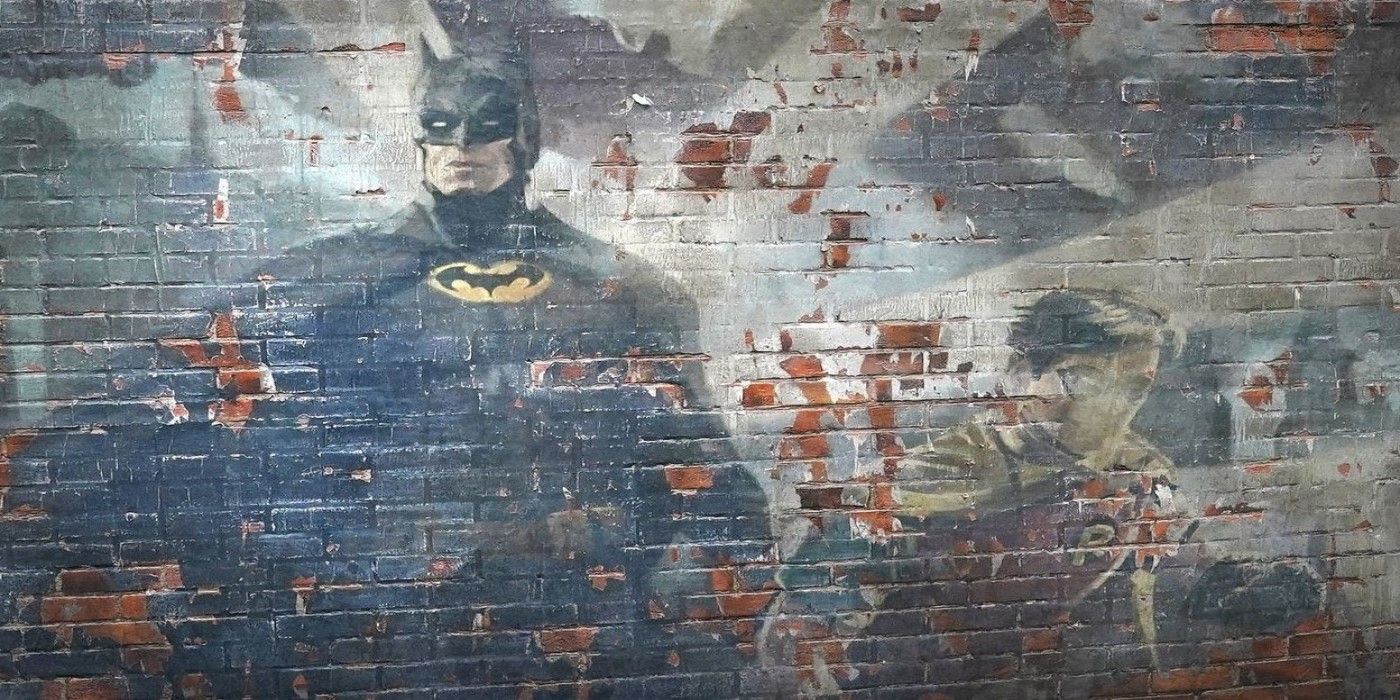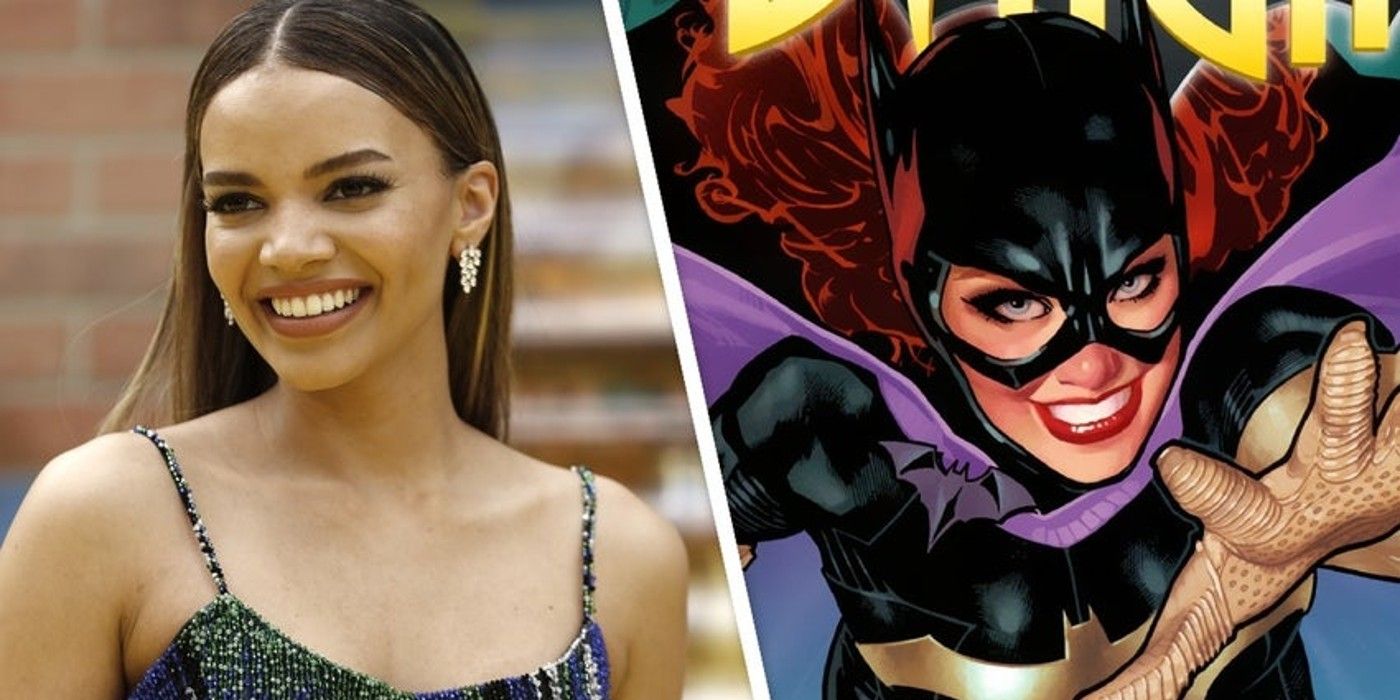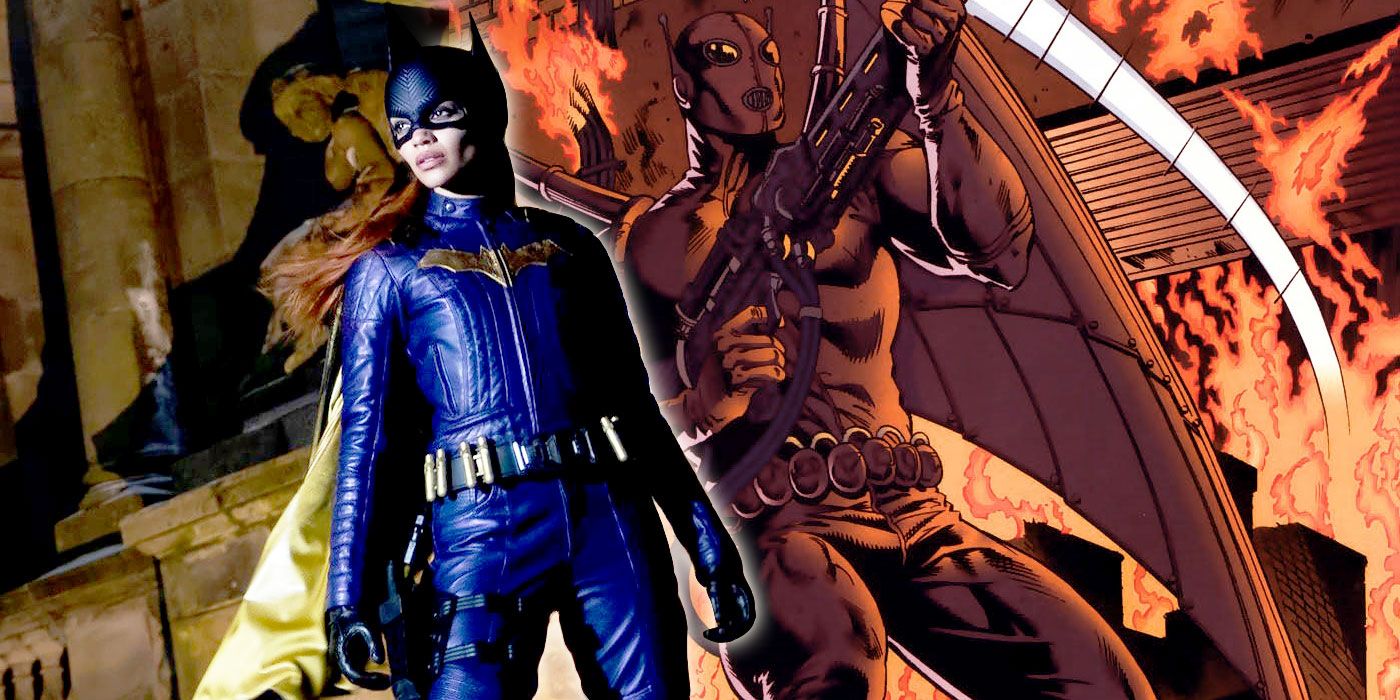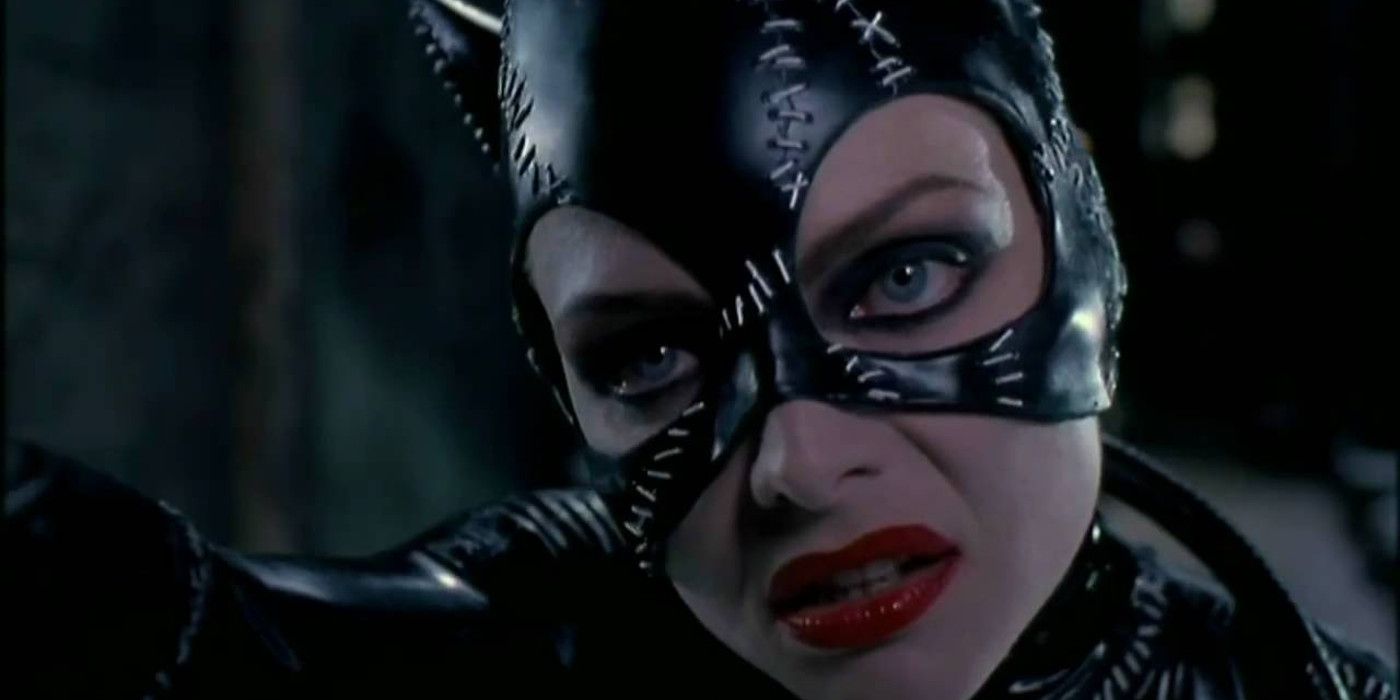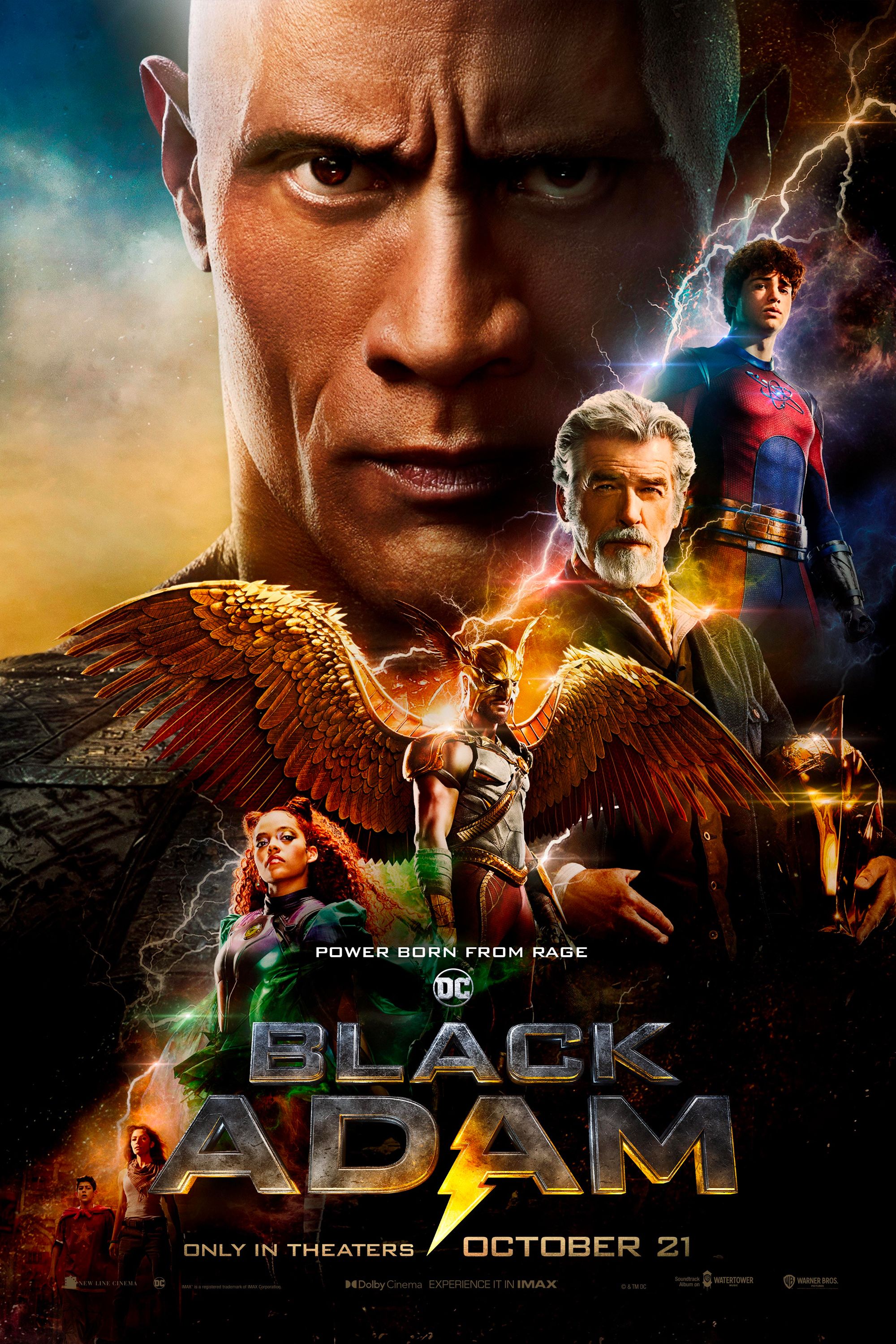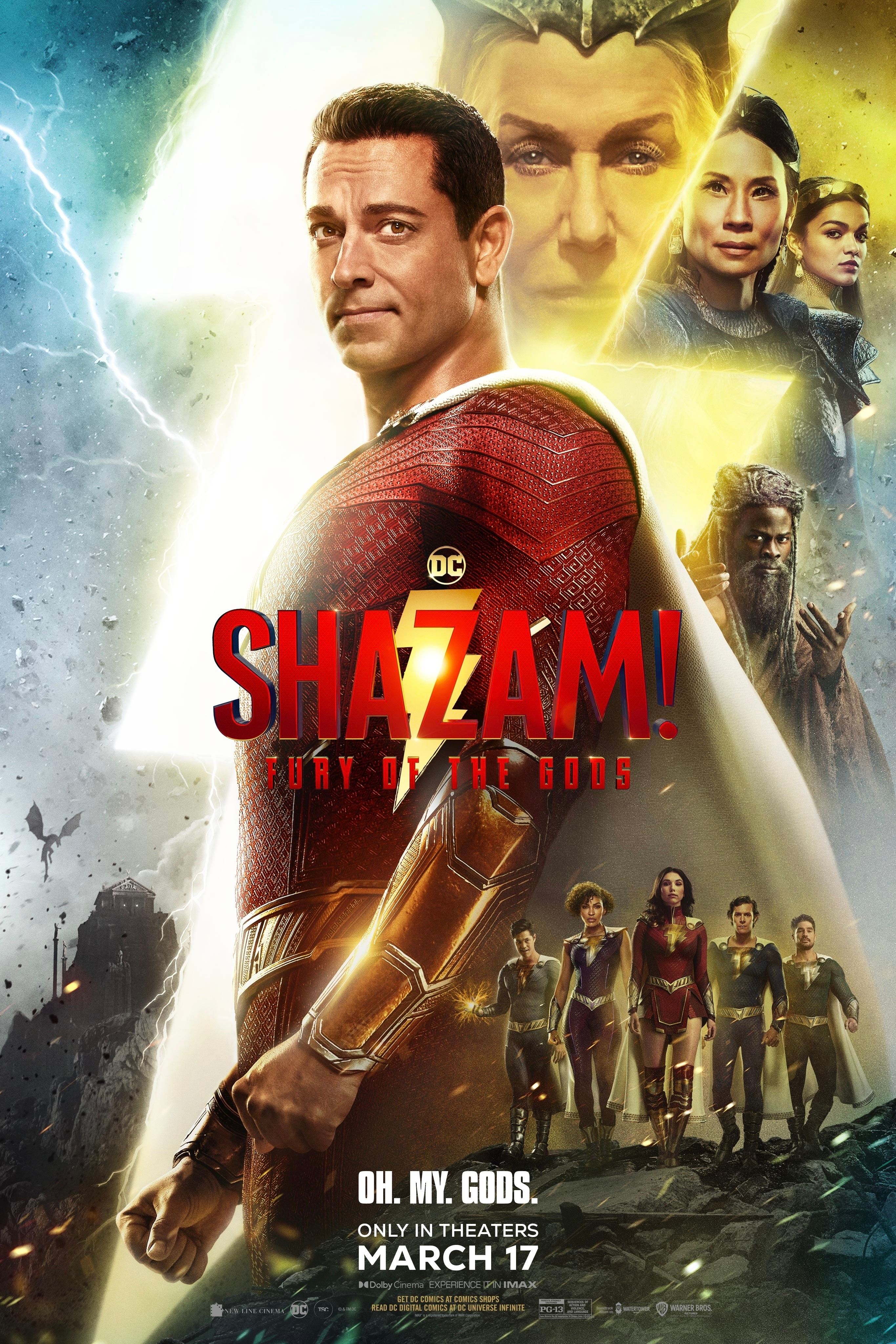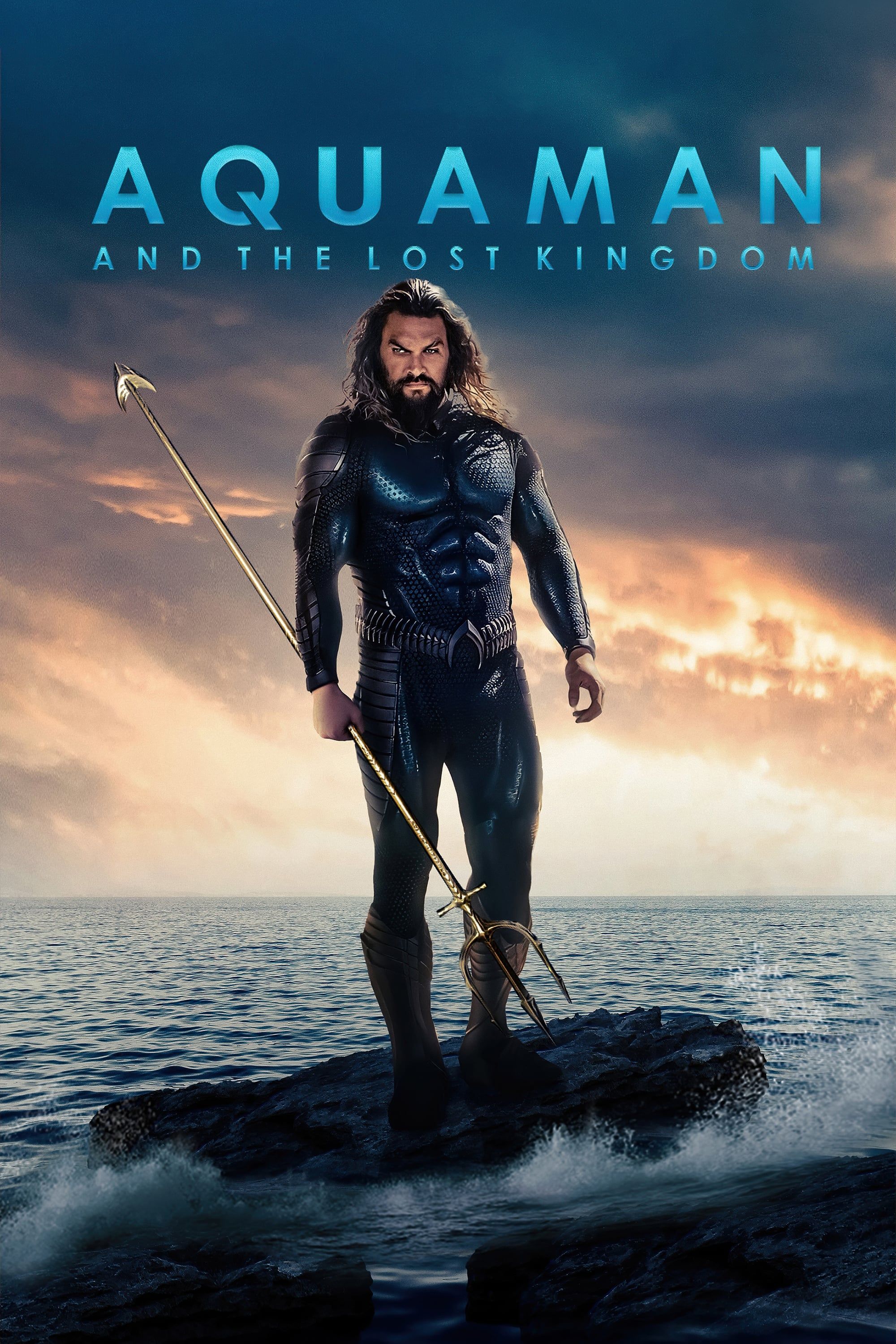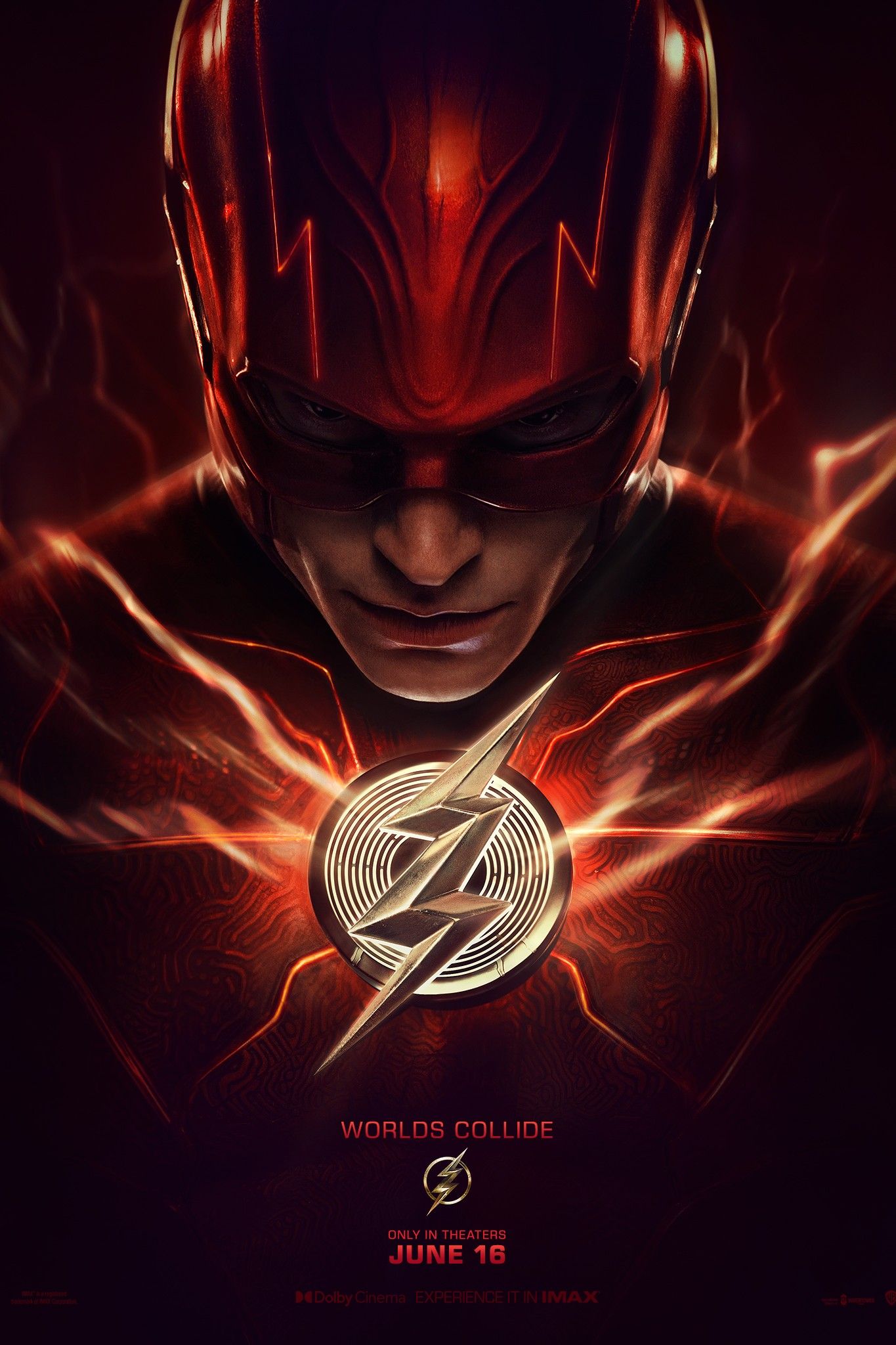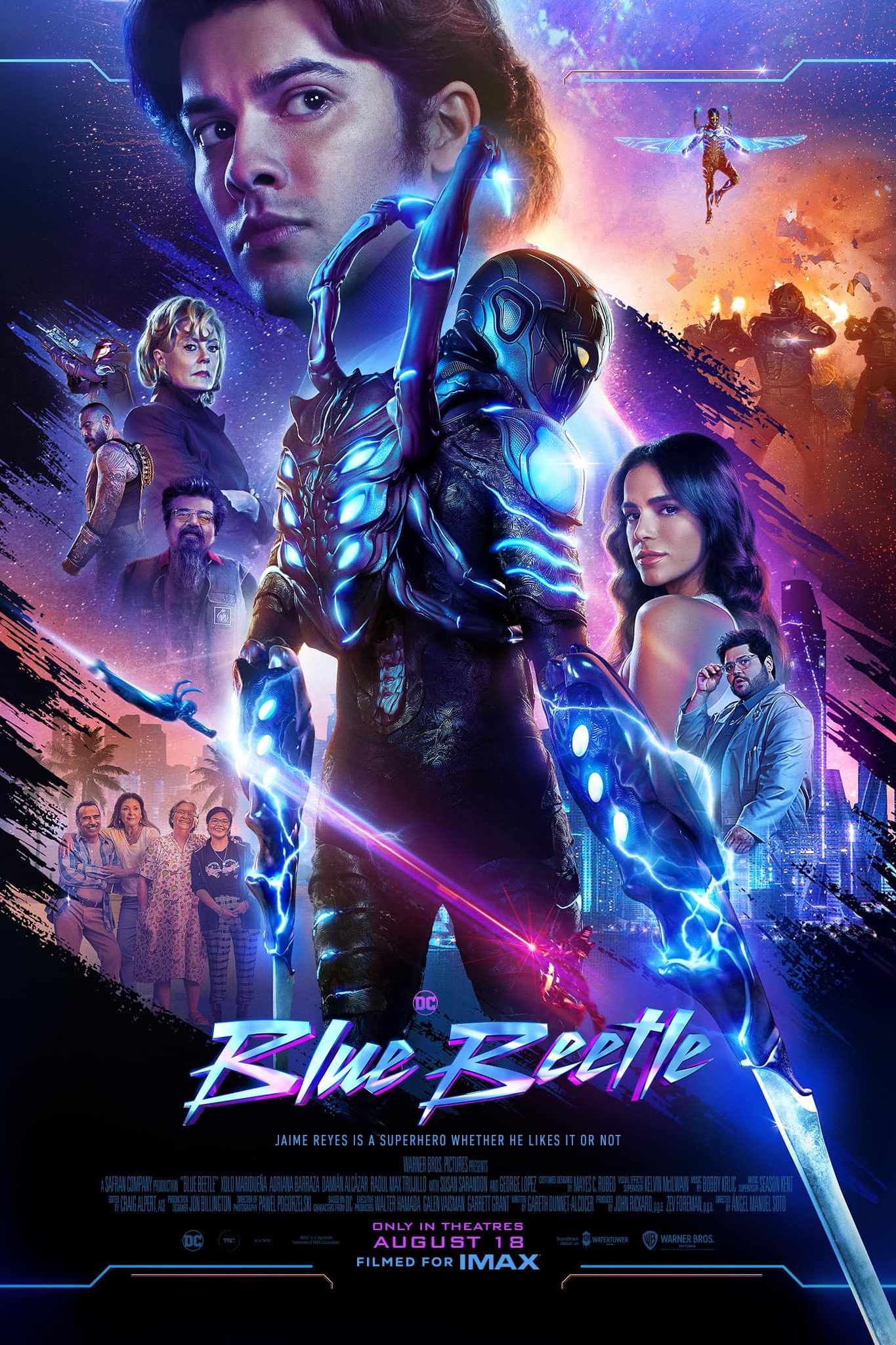The DCEU’s Batgirl film made waves when it was canceled following the merger between WB and Discovery, as the film was near its planned release date and its story was complete. The film’s narrative would have centered on a new version of Barbara Gordon as she embraces the role of Batgirl in a new era for the DCEU. Starring Leslie Grace in the title role, Batgirl was a highly anticipated movie that would have introduced a popular member of the Bat Family to the DCEU and explored significant changes to the universe following a continuity shakeup.
While many heroines have used the Batgirl moniker, Barbara Gordon is perhaps the most well-known and popular of them all. While not the first Batgirl, Barbara Gordon quickly became a popular supporting character of Batman, debuting in the comics mere months before making her first live-action appearance in the classic Batman TV series (thanks to the creative teams of both the comics and TV series co-creating her). Barbara Gordon has been featured in numerous other Batman adaptations and eventually allowed the Batgirl title to be passed down to new heroes following her critical injury from The Joker in 1988’s The Killing Joke.
Despite her character's popularity, the Batgirl film was, unfortunately, canceled following WB and Discovery’s merger due to several factors. Batgirl allegedly did not satisfy test viewers, though other reports suggest it performed no worse in test screenings than the upcoming Black Adam. A more likely reason for the film’s sudden cancelation is that it was going to be set in an altered version of the mainstream DCEU timeline, which the DCEU franchise’s new management no longer wants. Furthermore, WB/Discovery is now seeking a new direction for the DCEU, focusing on tentpole blockbuster films predominantly centering on DC’s “big three” (Superman, Wonder Woman, and Batman). Batgirl was a smaller production intended to be released on HBO Max, and what is known about its story and setting suggests that its narrative is similarly insular, making it conflict with the DCEU’s new direction on multiple levels.
Batgirl Takes Place After The Flash
The upcoming DCEU film The Flash is intended to alter the franchise's timeline. Like the 2011 DC Comics storyline Flashpoint, The Flash will have Barry Allen travel through time and across the multiverse to save his mother, only to change his present. With Michael Keaton returning as the Tim Burton version of Batman and Ben Affleck seemingly exiting the role of the Dark Knight, the film was presumably going to serve as a soft reboot for the DCEU, and since Batgirl was to take place after The Flash, it would acquaint viewers with the new DCEU in addition to introducing Barbara Gordon.
Michael Keaton Plays Batman
Batgirl would have featured Batman, but with Michael Keaton in the role once again instead of Ben Affleck. With Affleck wishing to end his tenure as Batman and Keaton stepping in to replace him, it’s reasonable to assume that one of the biggest timeline changes made by The Flash would be giving the DCEU a new Dark Knight, albeit with a familiar actor. Keaton’s role as Batman in the Batgirl film is unknown, but he might have played a mentor role to Batgirl in some form, considering the heroes’ shared history in the comics.
Batman Has A New History
Batgirl’s version of Batman, despite being played by Michael Keaton, would not have been the same character that Keaton played in Tim Burton’s films. Leaked behind-the-scenes footage from Batgirl shows younger versions of Barbara Gordon and JK Simmons’ James Gordon interacting with Keaton’s Batman, indicating that The Flash’s timeline alterations melded elements of the original DCEU Batman with Burton’s version. This doesn’t just apply to Batman, however, as his sidekick, Robin, appears to be quite different from his original DCEU and Tim Burton incarnations.
The Original Robin May Have Been Alive
In the original DCEU, Ben Affleck’s Batman worked alongside Robin (his adopted son Dick Grayson) for years before the latter was tragically murdered by The Joker. While no version of Robin appeared in the Tim Burton Batman films, one was created for the canonical Batman ’89 comics, with the original character Drake Winston becoming Batman’s sidekick. Behind-the-scenes photos from Batgirl show a new version of Robin for Keaton’s post-The Flash DCEU Batman. One photo includes a mural of Keaton’s Batman alongside a version of Dick Grayson in a more classic Robin costume. Another photo shows a magazine cover mentioning a former circus acrobat describing the Court of Owls, implying that the new DCEU’s Dick Grayson is still alive.
Batgirl Would Tell Barbara Gordon’s Origin Story On A Small Scale
Unsurprisingly, Batgirl would have been an origin story for Leslie Grace’s Barbara Gordon, though it purportedly would take liberties with the source material. According to Hollywood insider Matthew Belloni, the film had an atypically small scale for a DCEU installment, and the plot was, unfortunately, quite convoluted, with Belloni reporting that it was comparable to a “TV pilot.” This, along with Batgirl’s continuity being incompatible with WB/Discovery’s vision for the DCEU’s future, likely further contributed to the film’s cancelation.
Brenden Fraser’s Firefly Would Be The Villain
Brenden Fraser would have played Batgirl’s antagonist, Firefly (a.k.a. Ted Carson), who would be reimagined in the post-The Flash DCEU. Thanks to ancillary material, the original DCEU already had an iteration of Firefly, but Fraser’s version would be a vengeful veteran who seeks to burn down Gotham after losing his benefits. Moreover, as revealed by Belloni, Firefly might have been tied to Barbara’s origin, having killed her mother, but the film’s purportedly complex narrative made this unclear. What Fraser’s Firefly would have had in common with the comic source material, however, is a lack of superpowers, with Carson using a protective and weaponized suit in his quest for vengeance.
Batgirl Would Have Included Other Villains
While Fraser’s Firefly would be the primary antagonist in Batgirl, the film would have referenced other members of Batman’s rogue’s gallery. This most notably includes a reimagined version of Killer Moth, who would have been depicted as a more realistic criminal (sporting a tracksuit and moth tattoo instead of an intentionally ostentatious moth costume). Batgirl would have also referenced Catwoman, with Michelle Pfeiffer’s mask from Batman Returns appearing (though Pfeiffer herself was reportedly absent from the film), further showing how the post-The Flash DCEU would have merged the old timeline with that of the Tim Burton Batman films. In addition to introducing new versions of Barbara Gordon and Firefly, Batgirl would have been an introductory installment in the post-The Flash DCEU, but its story, unfortunately, will likely never see the light of day.

